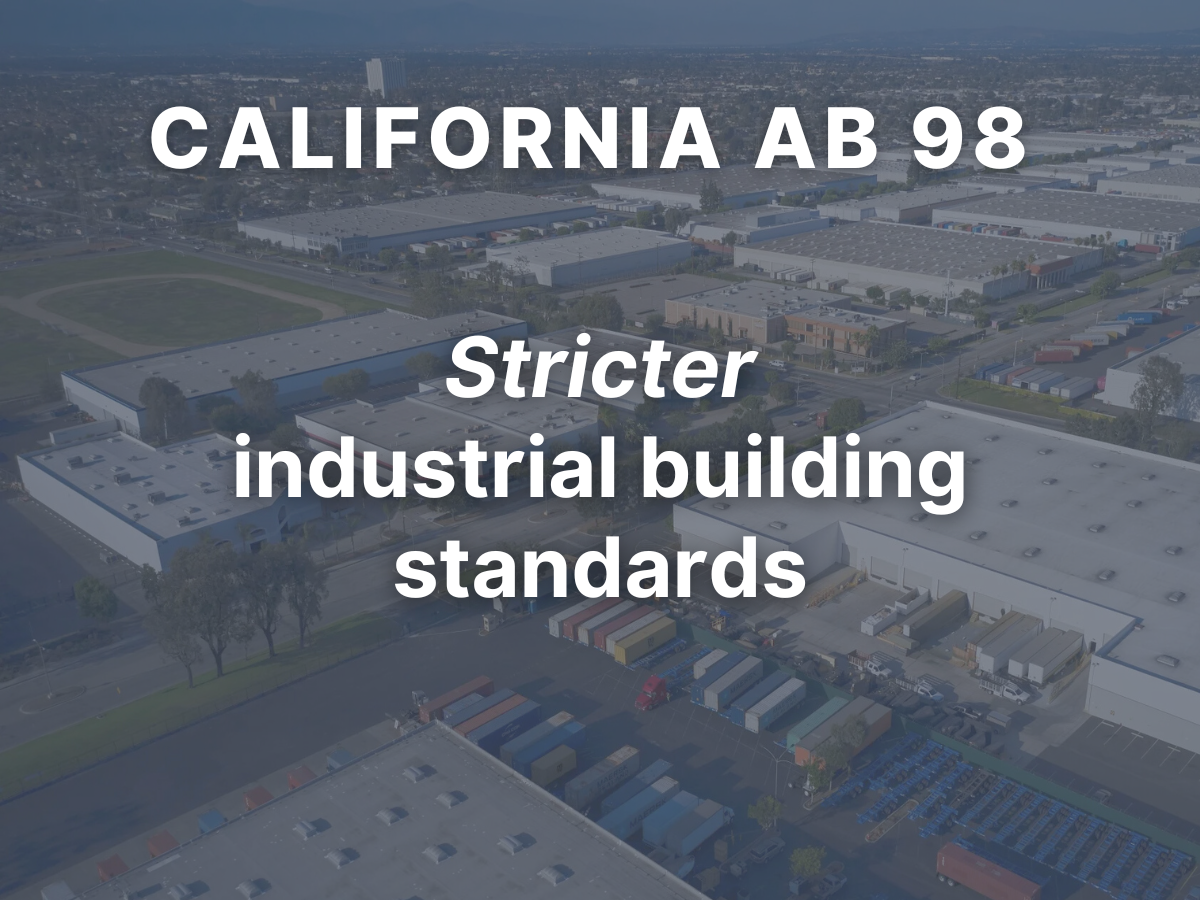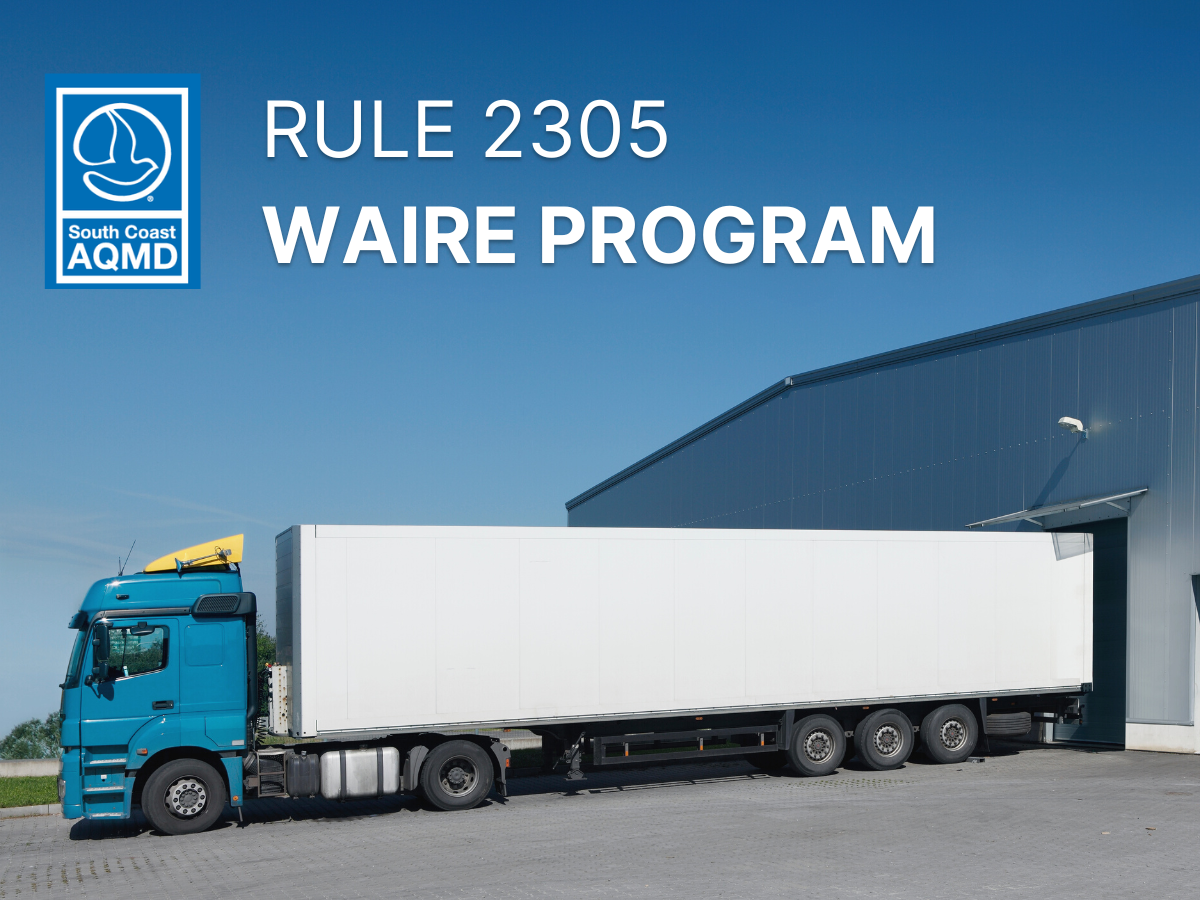Energy-Efficient Cold Storage: Cut Costs and Carbon with Sustainability Solutions
As cold storage grows, so do the opportunities for cutting costs through sustainability.
Our society depends on these facilities to fulfill the demands of e-commerce growth, safe medication storage, and convenience—yet their environmental impact is significant if not managed carefully.
Whether you're a building owner, developer, or tenant, adopting green building practices can make a big difference for the triple bottom line of people, planet, and profit.
Let’s explore practical ways to approach sustainability initiatives in cold storage through design, energy efficiency, renewables, and certifications.
Design & Construction
Like all industrial buildings, cold storage facilities have considerable embodied carbon in their structure and enclosure, primarily due to their use of concrete, steel, and insulation. These materials are necessary for maintaining temperature control but contribute heavily to a facility’s whole life carbon.
Here’s a breakdown of the terms:
Embodied carbon refers to the total greenhouse gases emitted during a building’s lifecycle, from material extraction to construction and eventual disposal. Unlike operational carbon, embodied carbon is “locked in place” once the building is constructed, emphasizing the need for early action.
Operational carbon refers to the total greenhouse gases emitted during a building’s use stage.
Whole life carbon = embodied + operational carbon
How do we reduce embodied carbon?
Performing early-stage life cycle assessments (LCAs) identifies opportunities to reduce a project’s embodied carbon. By considering alternative materials and construction methods, such as low-carbon concrete and steel, you can make informed decisions that reduce the building's environmental impact without compromising performance or reliability.
Strategies for reducing embodied carbon include:
Perform an early-stage LCA to identify high-impact materials.
Utilize low-carbon concrete alternatives or recycled steel.
Optimize insulation to enhance performance while minimizing carbon.
Energy Efficiency
Those working in cold storage know that energy consumption, mainly for refrigeration, is a top operating cost, accounting for up to 80% of total energy consumption. Other equipment, such as lighting, pumps, motors, conveyors, and fans, also contributes to high energy bills. Meanwhile, electricity and natural gas, the two main sources of energy for cold storage facilities, have been getting more expensive in recent years.
Fortunately, there are several ways to enhance energy efficiency, including:
LED lighting systems dramatically reduce energy consumption compared to traditional lighting.
Process loads: Implementing energy-efficient refrigeration systems can significantly reduce operational costs and carbon emissions.
Use Energy Star Portfolio Manager to benchmark all facilities.
Advanced insulation materials like vacuum insulation panels and aerogels offer superior thermal performance, reducing energy needs for cooling.₁
Energy management systems using AI and predictive analytics optimize cooling operations based on demand and conditions.₂
Automated storage and retrieval systems (AS/RS) improve efficiency and minimize the time products spend outside temperature-controlled environments.₃
₁₂₃Source: Colliers
By adopting these energy-saving strategies, building owners, developers, and operators can ensure that their cold storage facilities run more efficiently, reducing operational expenses and environmental impact.
Renewable Energy: Leveraging Solar and Battery Storage
After you optimize a building for high efficiency, the next step is adding solar. On-site renewable energy offers an excellent opportunity to reduce emissions further. Cold storage facilities typically have large roof areas, making them ideal for solar panel installations.
Pairing solar energy with battery storage can offset energy use, reduce reliance on the grid, and lower operational costs while decreasing pollution associated with carbon emissions.
Key benefits of solar energy include:
Decreasing operational costs through energy savings.
Enhancing energy resilience with battery storage systems, allowing facilities to store excess renewable energy during peak demand periods.
Solar power purchase agreements (PPAs) can help facilities reduce electricity costs and improve sustainability. Under a solar PPA, a solar developer installs and maintains solar panels on a building’s roof. The cold storage facility then purchases the electricity the solar generates at a discounted rate. This can lead to significant savings on electricity bills, especially in the long term.
Decarbonization—reducing greenhouse gas emissions with a focus on carbon—aligns with corporate ESG goals, climate action plans, and science-based targets.
Some facilities are exploring thermal energy storage using phase-change materials (PCM).
Building owners benefit from hiring a Solar Owner’s Rep to analyze solar requirements, vet vendors, and oversee the process from installation through operations.
💡 Earn LEED Points: Up to 24 points are available for projects with solar pursuing LEED certification
Better Refrigerants
Cold storage facilities have been transitioning to better refrigerants to reduce environmental impact while maintaining high performance.
“Green” refrigerants like ammonia (R-717), carbon dioxide (CO2/R-744), and propane (R-290) are replacing older refrigerants due to their low global warming potential (GWP) and ozone depletion potential (ODP). They are widely recognized as environmentally friendly alternatives to traditional hydrofluorocarbons (HFCs).
Natural refrigerants like CO2 and O2 are emerging as options in low-temperature industrial refrigeration.
💡 Earn LEED Points: Projects that avoid using chlorofluorocarbons (CFCs) in new HVAC systems and choose ones with low GWP and ODP can earn the Enhanced Refrigerant Management credit.
💡 Climate Action: When Project Drawdown published ‘The Most Comprehensive Plan Ever Proposed to Reverse Global Warming’ the #1 solution to climate change was refrigerants.
Certifications: Verifying and Scaling Sustainability
Achieving third-party green building certifications, such as LEED, validates a building’s sustainability performance and adds value when leasing or selling the property. Certification programs offer portfolio-wide programs such as LEED Volume to effectively scale sustainability efforts across multiple facilities, providing consistency in meeting building codes and environmental and ESG goals.
Benefits of certifications include:
Verifying the building’s commitment to sustainable practices while meeting codes or regulations.
Demonstrating measurable energy savings and reduced carbon emissions.
Providing market value through recognition of high performance in sustainability.
Verification for green bond allocations.
Cold storage developers, building owners, and contractors can decarbonize their projects by following these strategies while enhancing operational efficiency and long-term cost savings. Incorporating sustainability practices into cold storage facilities benefits human and environmental health while positioning the project for future success in a rapidly evolving industrial landscape.
Insights from NAIOP’s First Cold Storage Conference in Vegas, October 7, 2024
During a recent panel discussion at the NAIOP Cold Storage Conference, our team gained valuable insights into the complexities of designing speculative cold storage facilities. Panelist Josh Lewis, COO at RL Cold, highlighted the challenges in creating flexible designs that cater to various industries, including public refrigeration, food processing, e-commerce grocery distribution, and farm and life sciences. Each type requires unique operational considerations, from specific temperature controls to energy-intensive refrigeration systems, which can impact sustainability strategies.
Fortunately, the LEED certification process allows for a customized approach that can meet these specialized needs. For instance, through the LEED BD+C rating system, projects can pursue targeted credits that optimize energy performance and refrigeration efficiency, both critical for cold storage sustainability. For existing facilities, LEED O+M supports improvements in ongoing operations, allowing tailored approaches to water and refrigerant management.
Additionally, Alternative Compliance Paths and Innovation Credits within LEED provide flexibility, enabling us to develop regionally appropriate or innovative strategies that address the unique challenges of cold storage. By leveraging these options, GAIA can implement sustainability solutions for cold storage facilities, ensuring they not only meet LEED standards but also achieve optimized performance for their specific operational demands. This adaptable approach reflects our commitment to staying at the forefront of sustainable design for all building types, even those as specialized as cold storage.












